
Achieving Success in Indirect Procurement: Step-by-Step Guide
Introduction: Procurement efficiency is crucial to the success or failure of a firm in today’s fast-paced commercial world. Any company...

Get 20€ off on your first order!
A long-term plan for building strategic relationships with competitive suppliers to improve corporate spending outcomes.
Procurement professionals always prefer ways to add value and minimize the cost of procurement. For several businesses, maintaining indirect procurement spending under budget with secure, dependable, and high-quality vendor services is the main priority.
Consequently, the teams of procurement focus on several techniques to assist their company in achieving the objectives and uplifting the financial outcomes. Every company needs procurement strategies. But among those who prioritize steady growth, stability and financial stability are the special ones who dream and work to achieve the predetermined goals.
In this article, we will guide you through selecting the best procurement process. Here are some best ideas in this article about improving procurement practices:
The procurement strategy can be defined as the plans and procedures of an organization for successfully and economically procuring goods and services. The procurement strategy is implemented by the businesses for the effective management of the entire procurement process by making sure they engage with reliable suppliers, benefit from economic advantages, and minimize the risk.
These procedures especially focus on creating a reliable, durable, and long-lasting network of suppliers who exceed expectations instead of going beyond the transactional connections. Such partnerships result in lowering costs and also provide other several benefits that effectively contribute to procurement’s ability to support the operation of a company.
There are various key components of a good procurement strategy and they are performance, visibility, supplier management, quality control, and cost-effectiveness. Different companies can lower the operating expenses and optimize earnings by implementing an efficient procurement. They can also boost overall efficiency by implementing an efficient procurement strategy.
There are several ways to enhance the procurement performance. Some of them focus on cutting costs, some focus on increasing overall value and lowering the risk. One of them is risk management.

/package

/package
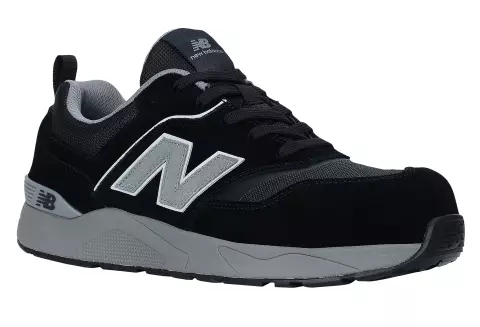
/package
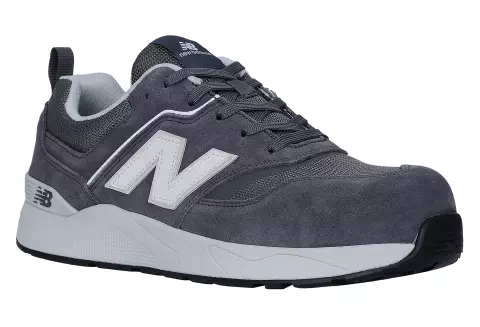
/package

/package
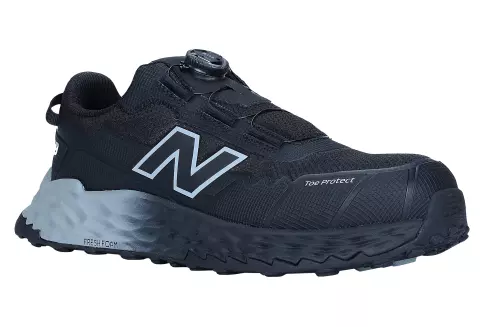
/package

/package

/package

/package

/package

/package

/piece

/package

/package

/package

/package
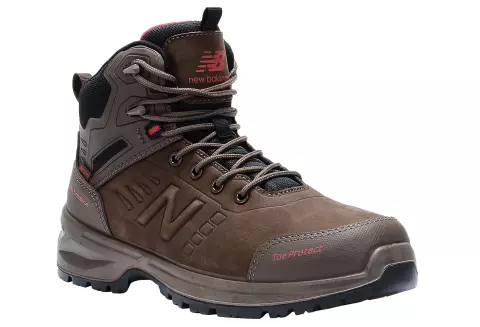
/pair

/package

/pair

/package

/package

/package

/package
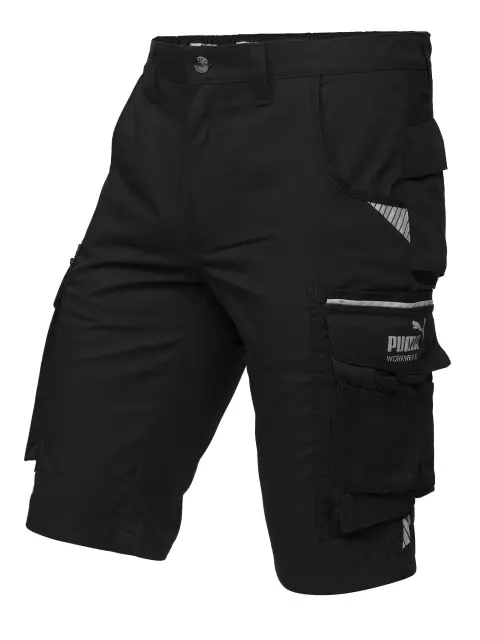
/piece

/package

/package

/pair

/pair
Managing Risks: Risks minimizing or reducing techniques are the techniques that aim to increase the security of financial transactions. This strategy consists of:
Strategic Sourcing: To improve contract performance and security, strategically sourced vendors are consolidated within your vendor. The purchasers will be able to save money by limiting the sources of goods, supplies, and services. Similarly utilizing a small group of reliable vendors and developing good relationships among them will also help to save money which can be defined as a strategic sourcing or strategic procurement method. To avoid supply chain interruption, the best way is to develop stronger ties with suppliers.
Sustainable procurement: In light of global shortages and environmental concerns supply networks must be more robust. More than 60% participants in Amazon’s 2022 State of Business Procurement study responded that sustainability improvement is a major goal for all purchasers. Minimizing waste, selecting energy-efficient products, and using purchase power are the three main goals of sustainable procurement to adopt environmentally friendly practices.
There are several approaches to enhance the sustainability of procurement:
Management of the supplier lifecycle: Procurement processes become safer and more efficient when the vendor connection is monitored from the time of sale till offboarding. Businesses evaluate suppliers at every point of the vendor life cycle, from initial sourcing to contract negotiation and execution, to ensure that contracts remain competitive and compliant. Additionally, it speeds up the development of stronger and more beneficial relationships between companies and their partner suppliers.
The establishment of good practices for procurement procedures to address these areas affects the procurement process’s results. Instead of focusing on a single process step (such cost-cutting per item), these approaches consider the whole cost and value of your procurement strategy and vendor relationships to attain the best overall cost benefits.
If you have a strong base of procurement methods in place your company guarantees that you will receive the right goods and services at the right cost. This will help in avoiding cost, budgetary control, efficiency enhancement and the development of a more robust supply chain and network for businesses. When procurement strategies are performed correctly, companies may detect possible dangers, reduce fraudulent activity, and guarantee consistent high performance from suppliers.
You must create efficient procurement strategies for your company’s benefits and long-term goal achievement,operational effectiveness and also for better financial performance.
Here are top seven advantages of implementing a more effective procurement plan.
Process Standardization: Several procurement strategies depend on establishing a single purchasing. Because of this, every purchase must go through the same level of clearance. The rules and expectations make the firms easier in spending across several categories. Another easier way to spot opportunities for improvement is increasing visibility into procurement through standardization.
Improved Pricing Results: Proper plans offer a well-organized approach in the process of acquisition. This method will allow you accurate data gathering, analysis, and assessment of suppliers and their costs. Organizations will be able to find areas for improvement with the use of analysis, such as potential cost savings or efficiency.
Increased Resilience: Supply chains that are more resilient to external shocks from things like natural disasters, fluctuations in supply etc will be less disrupted. This factor is very crucial in consideration of the pandemic effects. To fully overcome from the covid norms it will take until 2024 or later for global supply chains.
Spend Visibility: By developing robust procurement policies and procedures you may keep a better track on your purchases and spendings. It also removes the data silos that impede expenditure analysis, centralizes the information and establishes a repeatable procedure for every purchase. The gathered information is also used to create plans that save expenses and boost efficiency for the whole supply chain.
Data-informed spending: Data is the crucial part as it provides insights into the actual cost of goods and services as well as guide procurement decisions, allowing business to increase the income. Similarly data also helps to reveal information about suppliers which will automatically help businesses find the partners who deliver the best results.
Stronger Relationship with Vendor: To increase the relationships with vendors or your procurement partners you may use the strategic sourcing and data-driven procurement. It enables better collaboration between parties, minimizes billing issues and more flexibility also.
Lower the risk of Third-Party: To create a better risk profile for your company you must build a strong and more selective supplier relationships and increase tracking. These types of practices reduce instances of human error, missing data and fraud of procurement.
You must identify the key components for starting foundational strategies:
Summarize objectives or Strategy Management: What are your primary goals while creating procurement strategies? What are the desired outcomes?
Project timeline: When are modifications required? How long will it take to implement, test, and analyze the first set of metrics?
Champions: Who is in charge of implementing change and managing it? Who will represent the project to interested parties and inform about changes?
Action plan: Which particular acts are responsible for the objectives and outcomes?
Success metrics: Which KPIs (key performance indicators) will be used to measure.
Tools: Which software, tools, and implementation strategies will be used?
After exploring the parameters of your business strategies using the above listed checklist, you can use the following steps to plan, measure and refine your strategies:
To evaluate every initiative it has to be quantified. You must decide the metrics you will use to evaluate the results of your efforts and hard work. Here are few essential metrics that will help you in evaluating your performances:
Now it is the time to describe the structure for who and how the purchases are made. Answer the questions and analyze the process of intake to completion:
Here are several sourcing and negotiation strategies to maximize savings and provide value to the supply chain, procurement specialists:
Supplier Consolidation: Simplify your supplier selection process by designating a single vendor for each category or product type to boost volume discounts and cut down the processing time,
Strategic Sourcing: Evaluate and negotiate a long-term engagement with suppliers to benefit from economies of scale and bulk purchasing.
Product Benchmarking: Determine the total costs and prevailing market costs of products and supplies your business frequently to guarantee competitive pricing with current vendors.
Leveraging Technological Solutions: Find the best-value options and get best price proposals from several providers to start a competitive bidding process with suppliers.
Procurement Forecasting: On the basis of current and projected demands, estimate and plan future purchases to ascertain about the impact of cash efficiency. For further cost issues long-term contracts may be used.
Volume Discounts: You can bargain for larger purchases to get better terms and conditions . Similarly you can also get better pricing per item.
Thank you! You've signed up for our newsletter.



















Introduction: Procurement efficiency is crucial to the success or failure of a firm in today’s fast-paced commercial world. Any company...

Introduction In a fast changing global economy, firms face supply chain disruptions, fluctuating markets, and unexpected demand. Managing these difficulties...

Introduction Data powers growth, efficiency, and competitive advantage in today’s fast-paced corporate environment. Procurement is crucial to every organisation. Fast-advancing...

Introduction: Procurement efficiency is crucial to the success or failure of a firm in today’s fast-paced commercial world. Any company...

Introduction In a fast changing global economy, firms face supply chain disruptions, fluctuating markets, and unexpected demand. Managing these difficulties...

Introduction Data powers growth, efficiency, and competitive advantage in today’s fast-paced corporate environment. Procurement is crucial to every organisation. Fast-advancing...
Get 10€ off on your first order!
Save 30% by buying directly from brands, and get an extra 10€ off orders over €100
Save 30% by buying directly form brands, and get an extra 10€ off orders over €100